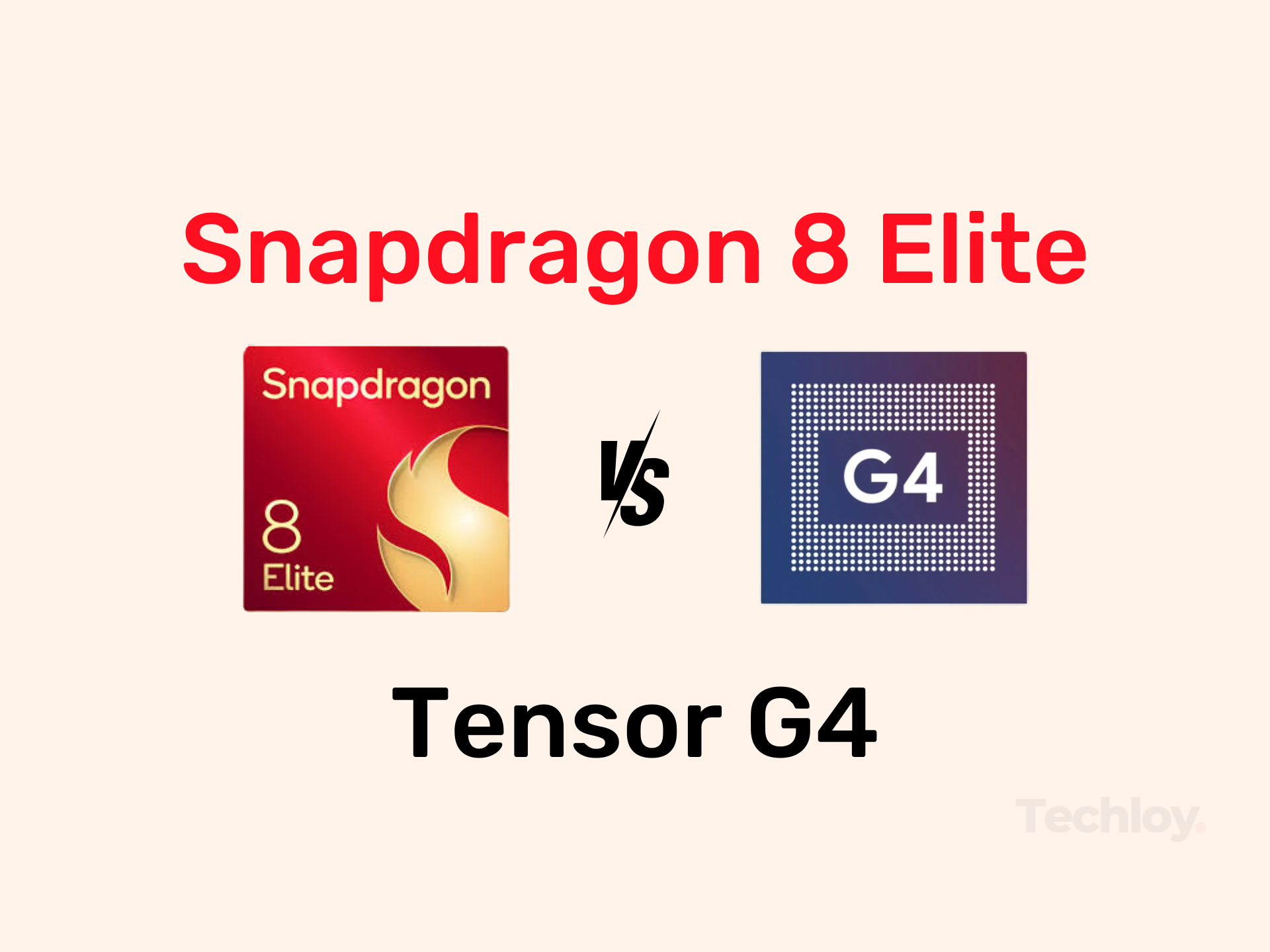INFOGRAPHIC: Snapdragon 8 Elite vs Tensor G4 — Which Has Better Performance?
With these performance metrics, you can decide on what chip you want your upgraded device to have.
✅
Pros
Snapdragon Elite
• Superior gaming and graphics performance
• Higher memory bandwidth
• Faster CPU speeds and better multitasking
• Advanced AI engine
Tensor G4
• Excellent AI and machine learning capabilities
• Optimized for Google services and Android
• Better power efficiency and thermal management
Snapdragon Elite
• Superior gaming and graphics performance
• Higher memory bandwidth
• Faster CPU speeds and better multitasking
• Advanced AI engine
Tensor G4
• Excellent AI and machine learning capabilities
• Optimized for Google services and Android
• Better power efficiency and thermal management
❌
Cons
Snapdragon Elite
• High power consumption
• Can run hotter under heavy loads
Tensor G4
• Less powerful GPU
• Limited gaming optimizations
• Slower memory support
Snapdragon Elite
• High power consumption
• Can run hotter under heavy loads
Tensor G4
• Less powerful GPU
• Limited gaming optimizations
• Slower memory support
2024 has been a year with many flagship phones and tech product launches. Among them are the Tensor G4 and Snapdragon 8 Elite with promising improvements across key metrics like speed, efficiency, and AI capabilities.
While it is generally known that the Snapdragon processors dominate the Android smartphone market as the performance benchmark, Google's own Tensor chips tailored specifically for Pixel devices are heating up the competition–each with unique strengths and weaknesses.
So if you are wondering how they differ in capabilities, here’s a guide that breaks down their performance based on six key metrics.
#1: Core Configuration
- Qualcomm's Snapdragon 8 Elite features an octa-core central processing unit with a hybrid core architecture composed of two prime cores with a peak clock speed of up to 4.32 GHz and six performance cores with a clock speed of 3.53 GHz. It adopts a 2+6 configuration with high-performance cores only, offering significant performance gains compared to previous generations.
- Google’s Tensor G4 also employs a custom architecture of one Cortex-X4 core running at 3.10 GHz, three Cortex-A720 cores running at 2.60 GHz, and four Cortex-A520 cores running at 1.95 GHz, focusing on optimized performance for Pixel-exclusive features. It uses a more modest 4+3+1 setup, prioritizing AI-driven tasks and image processing over raw performance.







